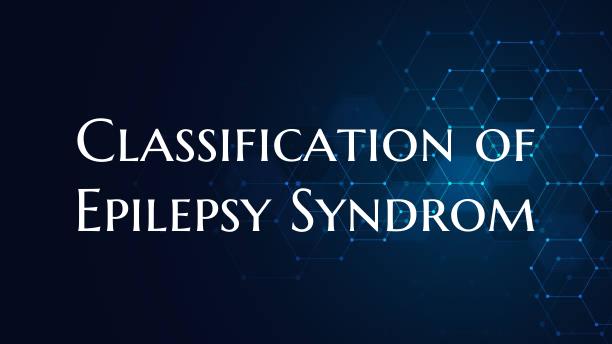
Classification of Epilepsy Syndrom
Epilepsy is a neurological disorder characterized by recurrent seizures, which are caused by abnormal electrical activity in the brain. It is a complex condition with various forms and classifications. One way to categorize epilepsy is through the identification of specific syndromes, which are groups of symptoms that often occur together and represent distinct types of epileptic disorders.
1. Generalized Epilepsy Syndromes: Generalized epilepsy syndromes involve seizures that affect both sides of the brain simultaneously. Some common generalized epilepsy syndromes include: - Childhood Absence Epilepsy: Characterized by brief episodes of staring and unresponsiveness. - Juvenile Myoclonic Epilepsy: Involves sudden, brief muscle jerks, often occurring in the morning. - Lennox-Gastaut Syndrome: A severe form of epilepsy that typically starts in childhood and is characterized by multiple seizure types and intellectual disability.
2. Focal (Partial) Epilepsy Syndromes: Focal epilepsy syndromes involve seizures that originate in a specific area of the brain. Some examples of focal epilepsy syndromes include: - Temporal Lobe Epilepsy: Seizures originating in the temporal lobe, often accompanied by odd sensations, emotions, or déjà vu. - Frontal Lobe Epilepsy: Seizures arising in the frontal lobe, leading to motor symptoms or behavioral changes. - Occipital Lobe Epilepsy: Seizures originating in the occipital lobe, manifesting as visual disturbances or hallucinations.
3. Mixed Epilepsy Syndromes: Some individuals may experience a combination of generalized and focal seizures, leading to mixed epilepsy syndromes. These syndromes can present with a variety of seizure types and characteristics, making diagnosis and treatment more challenging.
4. Epileptic Encephalopathies: These severe epilepsy syndromes are characterized by frequent seizures and cognitive regression. Examples include Dravet Syndrome and West Syndrome, which often present in infancy or early childhood and can have significant developmental impacts.
5. Reflex Epilepsy Syndromes: In reflex epilepsy, seizures are triggered by specific stimuli or activities, such as flashing lights (photosensitivity) or specific movements. Identification of these triggers is crucial for managing and avoiding seizure episodes.
Understanding the classification of epilepsy syndromes is essential for accurate diagnosis, treatment selection, and prognosis evaluation. Each syndrome may require tailored management strategies, including medication, lifestyle modifications, and in some cases, surgical intervention. Collaboration between healthcare providers, including neurologists, epileptologists, and other specialists, is key to providing comprehensive care for individuals with epilepsy.